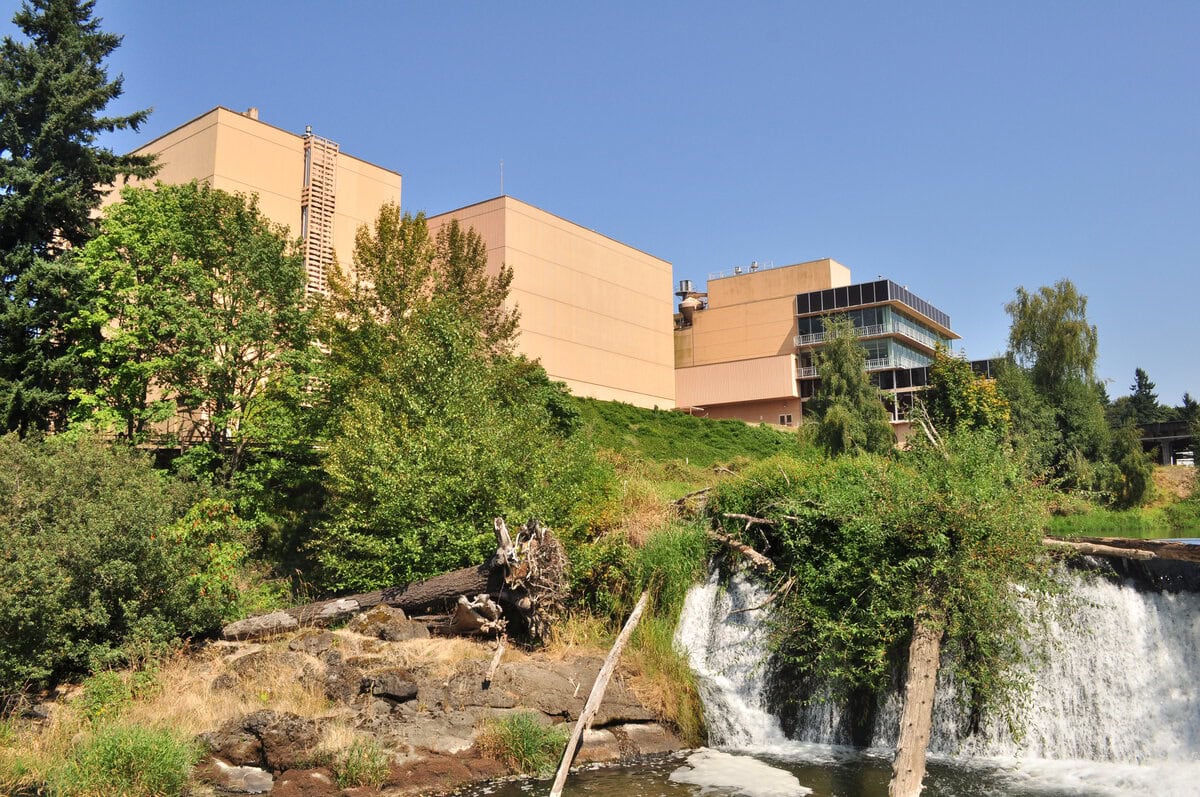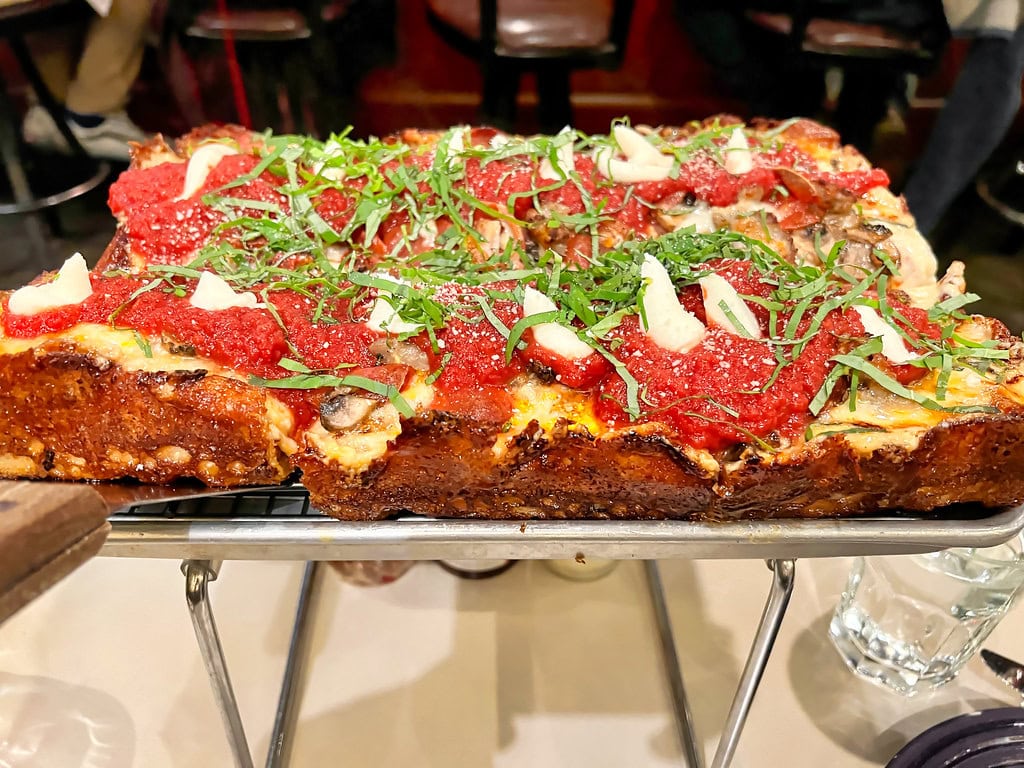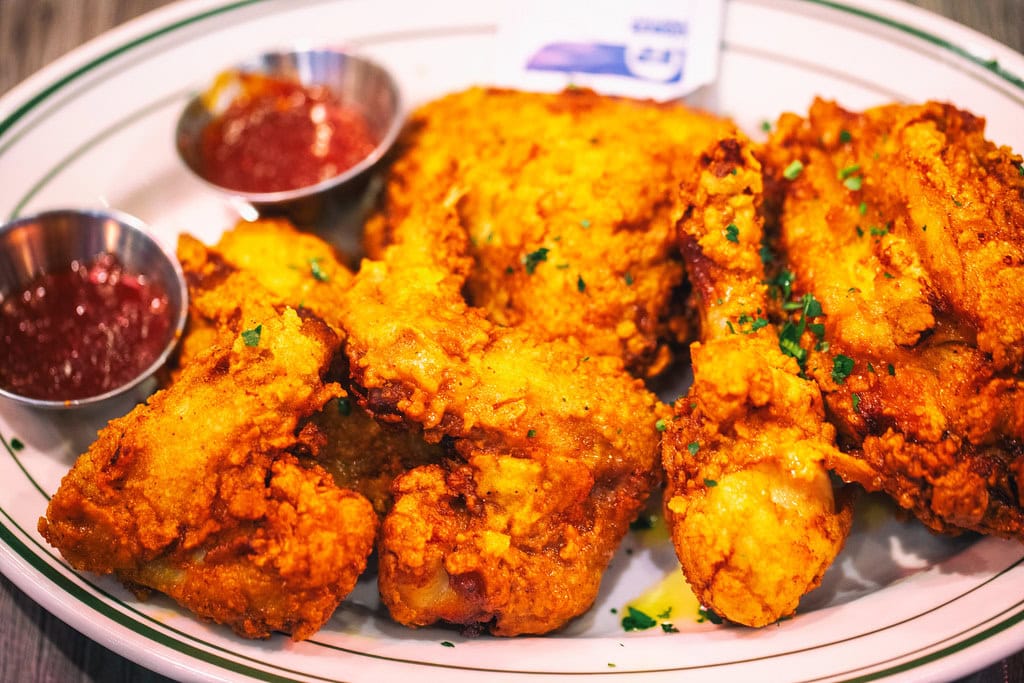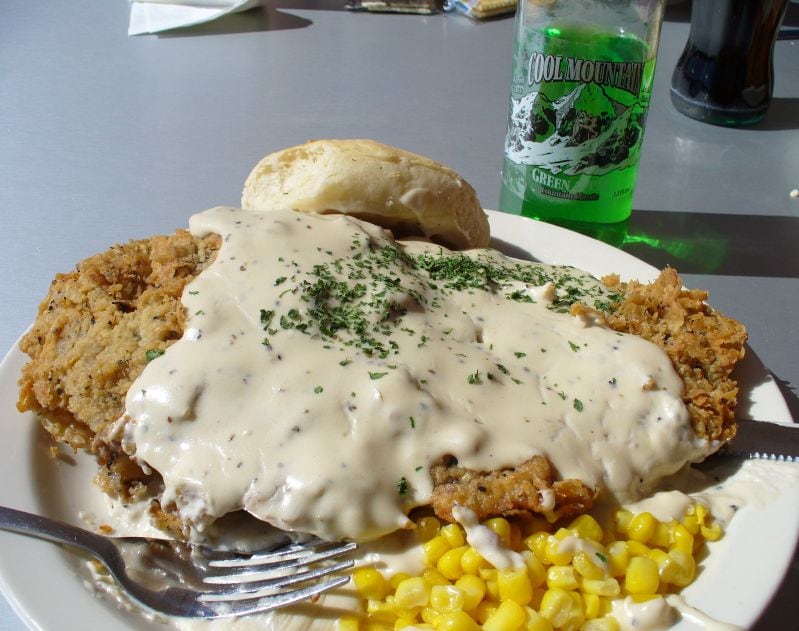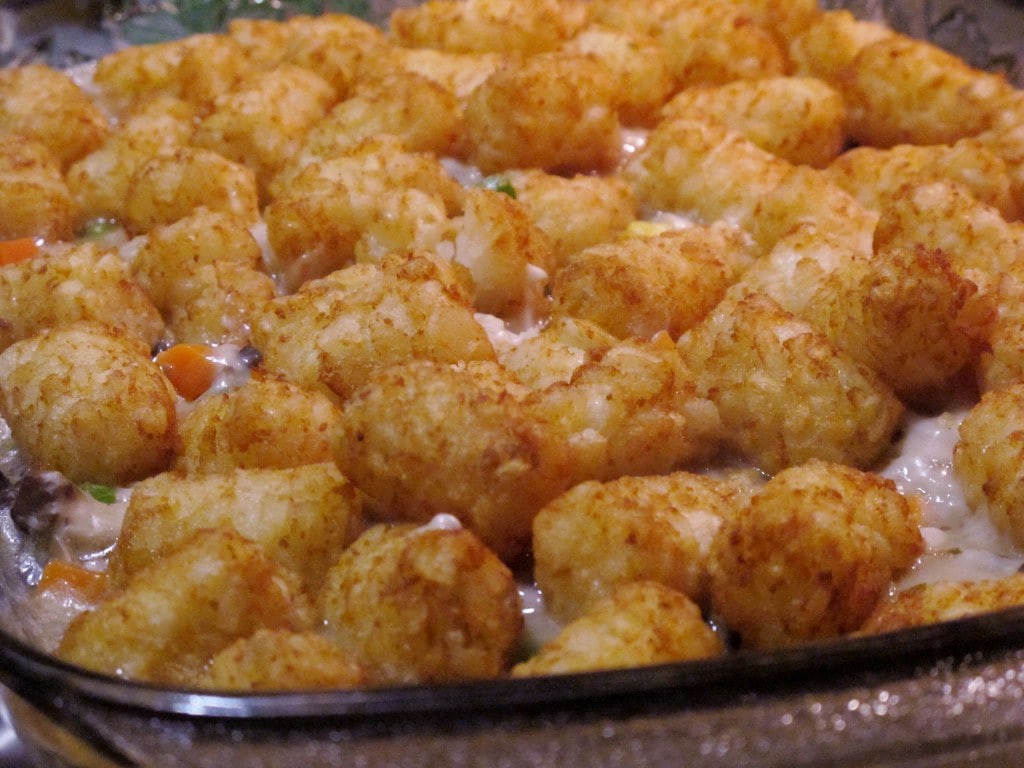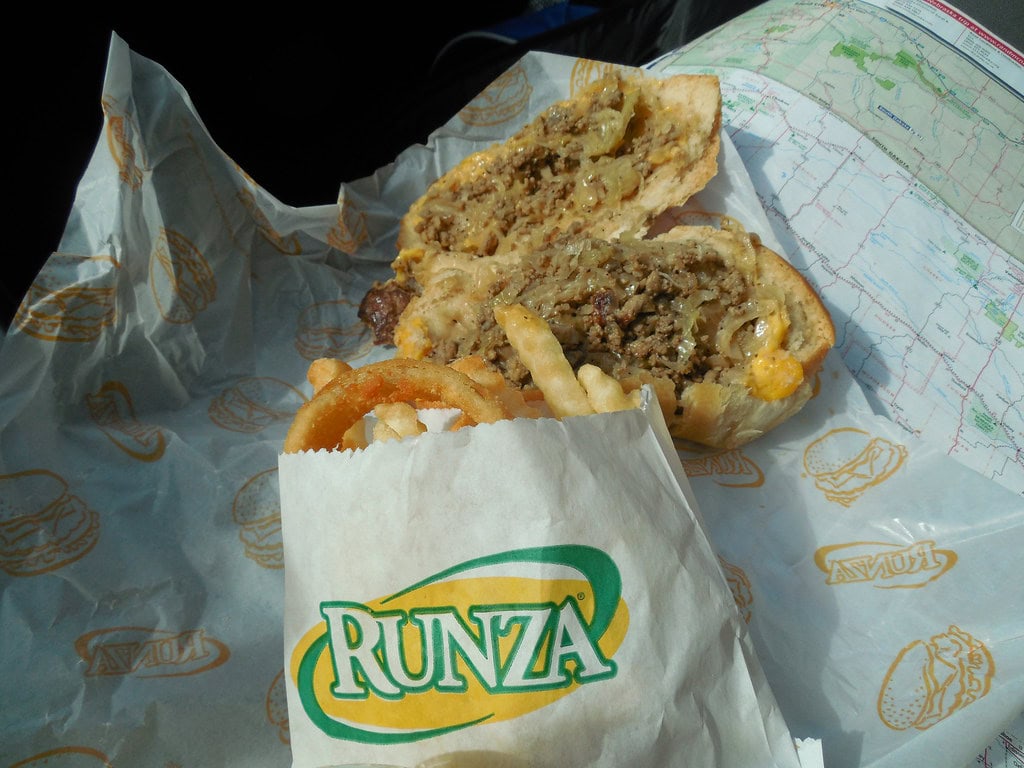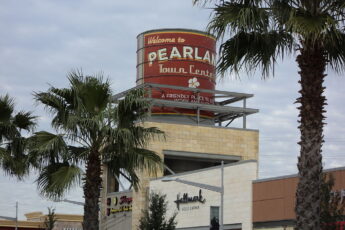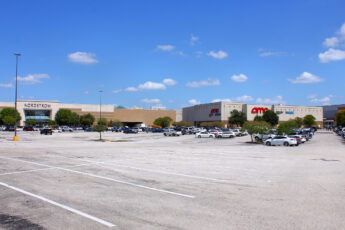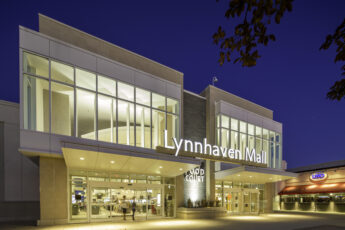Wisconsin Food Story: A Blend of Tradition and Flavor
The Wisconsin food scene has deep roots in its history, shaped by generations of farmers, immigrants, and local traditions.
Known as "America's Dairyland," the state produces more cheese than any other in the country, but its culinary identity goes far beyond dairy.
Every bite tells a story, whether it's a crispy cheese curd, a butter-dripping burger, or a warm, flaky kringle. The state's rich farmland and long-standing farming traditions have made it a hub for fresh, high-quality food.
Wisconsin leads in cheese production, cranberry farming, and even ginseng exports.
But the real magic happens in kitchens, diners, and festival booths, where these ingredients turn into time-honored dishes.
Generations of immigrants, especially from Germany, Denmark, and Belgium, left their mark on Wisconsin's food culture.
Bratwurst, booyah stew, and the Friday night fish fry all have European roots, but they've become local staples over time.
Meanwhile, unique creations like the butter burger and hot and spicy cheese bread show how Wisconsin flavors have evolved.
Each meal carries history, and every bite feels like a piece of Wisconsin itself.
Cheese Curds: Wisconsin's Bite-Sized Favorite
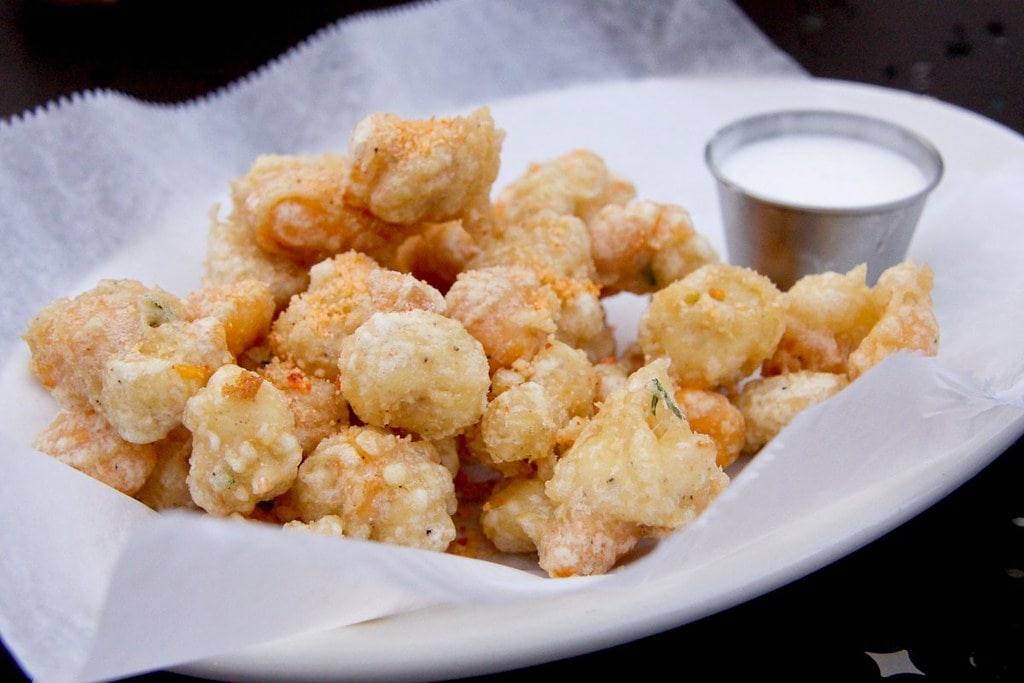
Few foods scream "Wisconsin" like fresh cheese curds. These small, springy bites are a byproduct of the cheesemaking process, pulled from vats before being pressed into blocks.
Their signature "squeak" comes from proteins that rub against teeth, an unmistakable sign of freshness.
Cheese curds can be eaten as they are, but many people prefer them battered and deep-fried.
The crispy shell and gooey center make them a staple at state fairs, sports bars, and supper clubs.
Some places experiment with flavors, adding garlic, ranch seasoning, or even beer batter to twist them.
Ellsworth, a small town in western Wisconsin, proudly calls itself the "Cheese Curd Capital."
The annual Ellsworth Cheese Curd Festival attracts visitors from across the Midwest.
They are eager to snack on fresh and fried curds while enjoying live music.
Whether fresh from the dairy or sizzling from a fryer, cheese curds hold a special place in Wisconsin's food culture.
Bratwurst: A German Tradition With a Wisconsin Twist
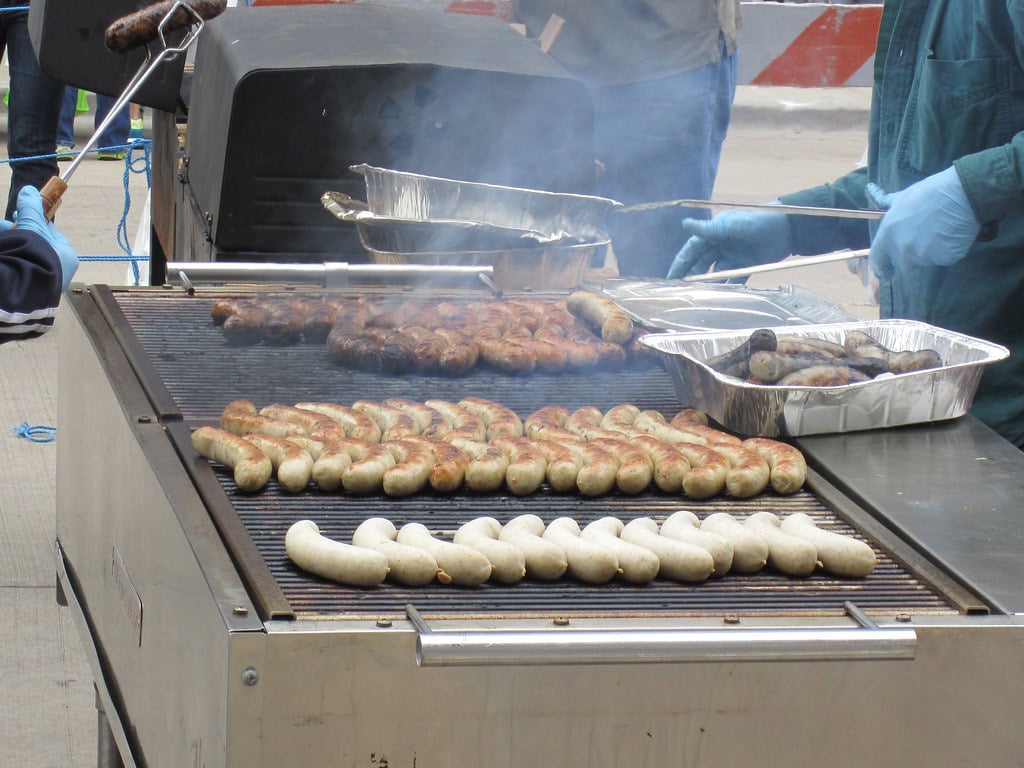
Bratwurst was introduced to Wisconsin in the 1800s by German immigrants who settled in cities like Milwaukee and Sheboygan.
Unlike standard hot dogs, brats are plump, juicy, and packed with seasoning.
The most common way to prepare them is to simmer them in beer and onions before finishing them on the grill.
Sheboygan takes bratwurst seriously. The city is home to the "double brat," a sandwich featuring two sausages on a Sheboygan hard roll.
Mustard, pickles, and fried onions are common toppings, but ketchup is often frowned upon by purists.
Tailgating culture in Wisconsin wouldn't be the same without brats.
The Milwaukee Brewers' stadium, American Family Field, hosts the famous "Sausage Race" before the sixth inning.
Racing mascots are dressed as bratwurst, hot dogs, chorizo, Italian sausage, and Polish sausage. Bratwurst isn't just a meal in Wisconsin, it's part of the culture.
Fish Fry and Fish Boil: A Friday Night Tradition
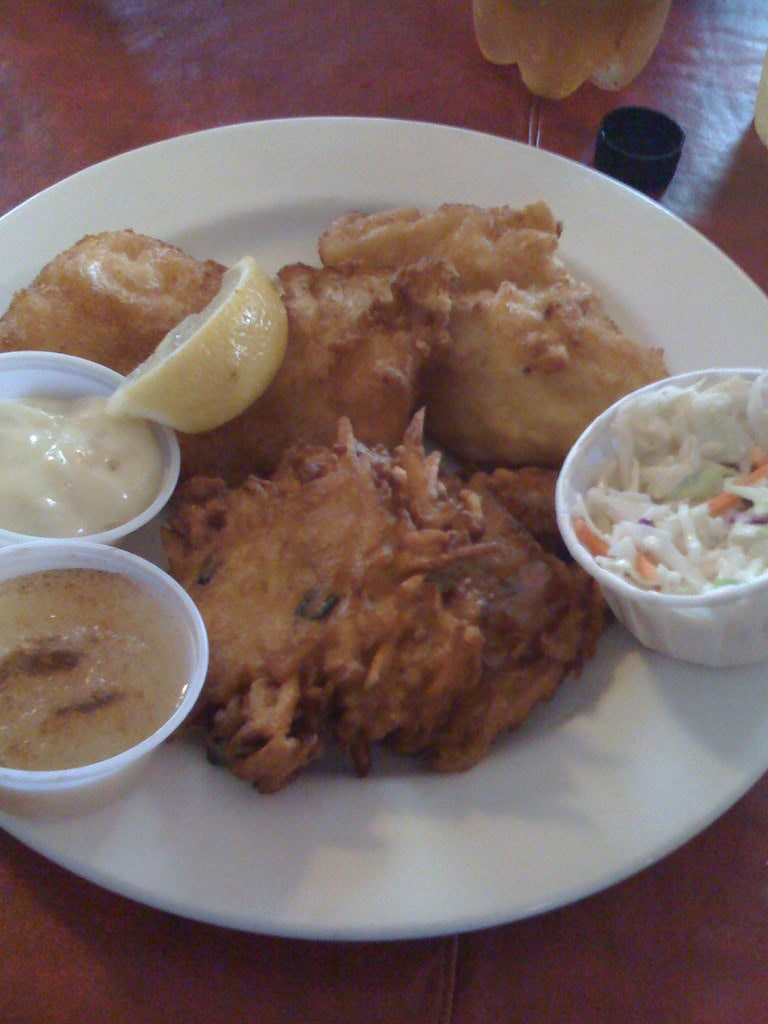
Friday night in Wisconsin means one thing: fish. The state's Catholic population helped make fish fries a weekly tradition, but the appeal spread far beyond religious roots.
Today, fish fries are served in bars, supper clubs, and church basements. Perch, walleye, and cod are served alongside coleslaw, rye bread, and potato pancakes.
The tradition dates back to the 19th century when local fishermen fried their fresh catch for hungry workers.
Over time, it became a staple, with each restaurant adding its own spin. Some use beer batter, others go for a crispier breading.
In Door County, a different fish tradition thrives: the fish boil.
This method, brought over by Scandinavian settlers, involves boiling chunks of whitefish with potatoes and onions in a massive kettle.
In the end, kerosene is thrown onto the fire, causing the water to boil over dramatically, carrying away the fish oils.
It's a simple, no-frills meal, but the fiery spectacle draws plenty of visitors.
Kringle: Wisconsin's Favorite Danish Pastry
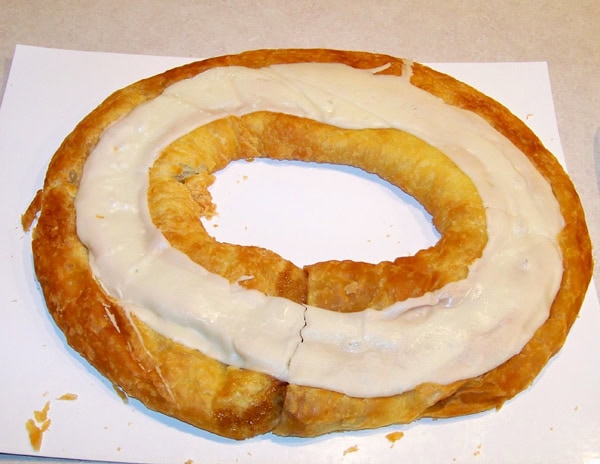
Kringle arrived in Wisconsin with Danish immigrants in the late 1800s, and today, Racine is known as the "Kringle Capital of the World."
These oval-shaped pastries have 36 layers of flaky dough, filled with everything from almond paste to raspberry jam.
O&H Danish Bakery and Larsen Bakery are among the best-known kringle makers.
They keep the tradition alive with handmade techniques passed down through generations.
Some bakeries even experiment with modern flavors like caramel pecan or pumpkin spice.
In 2013, Wisconsin officially recognized kringle as the state's pastry. Local grocery stores and coffee shops stock it year-round, but it's especially popular during the holidays.
Many Wisconsinites swear by warming a slice in the oven before eating, letting the buttery layers become even flakier.
Whether paired with a cup of coffee or gifted to out-of-state friends, kringle is a Wisconsin classic.
Colby Cheese: A Wisconsin Original
Unlike cheddar or Swiss, Colby cheese didn't come from Europe; it was born in Wisconsin.
Joseph Steinwand first made it in 1885 in Colby, a small town in the central part of the state.
It's softer and milder than cheddar, with a smooth, almost creamy texture.
Colby is produced similarly to cheddar but skips the aging process, which gives it a fresher, slightly tangy flavor.
It's often found in blocks or longhorn-style rolls, making it a favorite for snacking and sandwiches.
Although Wisconsin produces a massive variety of cheeses, Colby is one of the few that originated there.
Some cheesemakers still use traditional methods, keeping it as close to the original as possible.
The town of Colby celebrates its namesake cheese every summer with Colby Cheese Days, where visitors can enjoy local dairy products, music, and parades.
Butter Burgers: A Wisconsin Classic With Extra Flavor
Butter burgers are exactly what they sound like, juicy beef patties topped with butter that melt into the bun as soon as they hit the plate.
This style of burger has been around for decades, with Solly's Grille in Glendale claiming to have started the trend in the 1930s.
The key to a proper butter burger is simplicity. Most versions use fresh, never-frozen beef, a toasted bun, and a generous dollop of butter.
Some places, like Culver's, add toppings like onions, pickles, and cheese, but the butter always takes center stage.
Unlike fast-food chains that rely on sauces, butter burgers let the richness of the beef stand out.
The butter adds moisture, soaking into the bun for an extra layer of indulgence.
Some Wisconsin diners even serve them with a side of fried cheese curds, doubling down on the dairy influence. Whether served plain or fully loaded, butter burgers remain a local favorite.
Booyah: A Hearty Stew With Belgian Roots
Booyah is more than just a soup; it's a tradition in northeastern Wisconsin.
This thick, slow-cooked stew has roots in Belgian immigrant communities, where it was often made for church gatherings and family reunions.
The name itself is believed to come from "bouillon," a nod to its broth-based preparation.
Traditional Booyah takes hours to make. Cooks start with chicken, beef, or pork and let it simmer for most of the day.
Later, vegetables like potatoes, carrots, and peas are added, creating a rich, hearty dish that feeds a crowd.
Some versions include barley or rice for extra texture.
Booyah is still a staple at community events, especially in Green Bay and the surrounding areas.
Large kettles are set up at festivals, with volunteers stirring the stew as it cooks down.
The slow process and big batches make Booyah feel more like an experience than just a meal.
Cannibal Sandwich: A Raw Beef Tradition
The cannibal sandwich is one of Wisconsin's most unusual food traditions.
It consists of raw ground beef seasoned with salt and pepper, topped with sliced onions, and served on rye bread.
Though it might sound risky, it has been part of the state's culinary history for over a century.
This dish is especially popular around the holidays when families gather and serve it as an appetizer.
Many Wisconsinites grew up eating it at parties, passing the tradition down through generations.
The meat is often sourced from trusted butchers, ensuring freshness, but health officials still warn against consuming raw beef due to concerns about bacteria.
Despite the risks, the cannibal sandwich remains a staple for many. Some eat it with a side of pickles, while others prefer extra onions for added crunch.
It's a simple, no-frills dish that continues to spark debate but holds firm as a Wisconsin classic.
Cream Puffs: The Wisconsin State Fair's Best-Seller
Cream puffs have been a staple of the Wisconsin State Fair since 1924, and every year, fairgoers line up to get their hands on these oversized pastries.
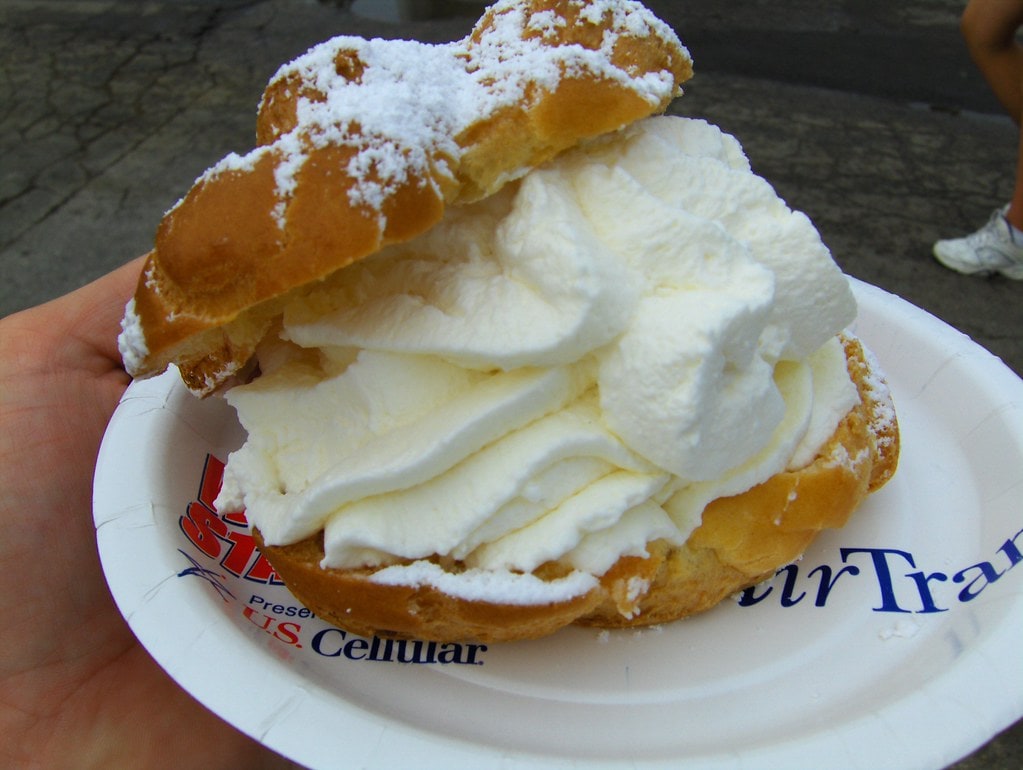
They consist of light, golden choux shells filled with thick, sweet whipped cream and dusted with powdered sugar for a finishing touch.
The Wisconsin Bakers Association produces the cream puffs fresh daily during the fair.
Each batch is made with locally sourced ingredients, including heavy cream from Wisconsin dairy farms.
The result is an airy, rich dessert that's impossible to eat without getting a little messy.
Hundreds of thousands of cream puffs are sold each year, making them the fair's most popular food item.
Some people attempt to take them home, but they're best enjoyed on the spot, straight out of the box.
The combination of crisp pastry and smooth filling makes them a yearly highlight for many visitors.
Hot and Spicy Cheese Bread: Madison's Market Favorite
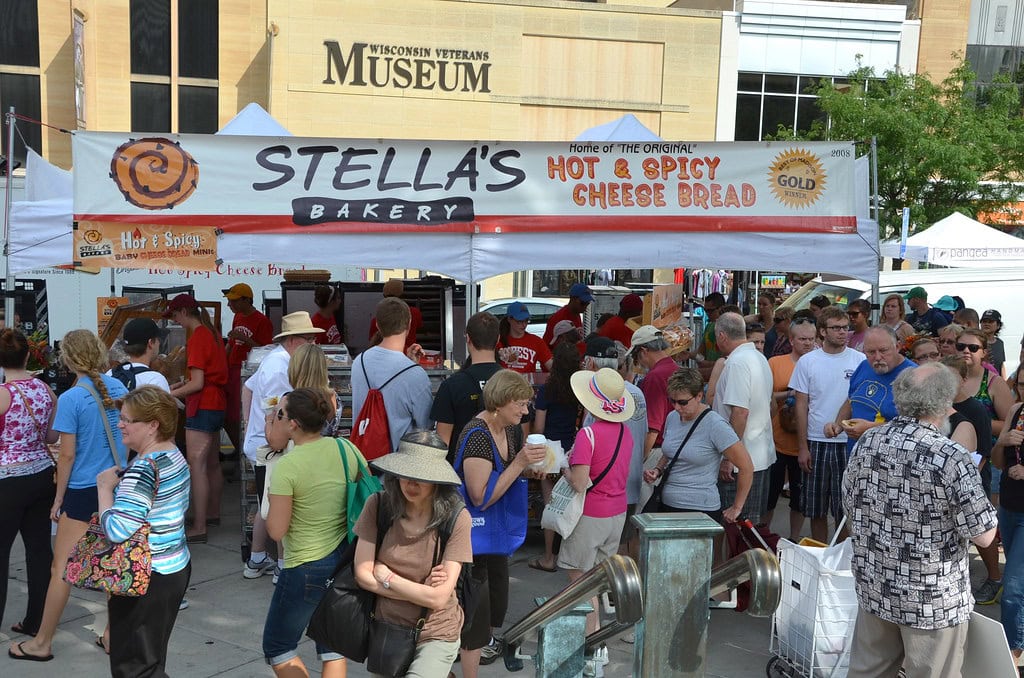
Hot and spicy cheese bread has become a must-try item at the Dane County Farmers' Market in Madison.
Stella's Bakery introduced it years ago, and since then, it has built a loyal following.
This bread isn't subtle; it's packed with cheese, butter, and red pepper flakes, creating a gooey, slightly spicy center surrounded by a golden, chewy crust.
Bakers fold generous amounts of provolone and Monterey Jack into the dough, layering in just enough heat to make each bite interesting.
The loaves come fresh out of the oven in the early morning, and by midday, they're often sold out.
Some people tear into them right away, while others wait until they get home to reheat slices for an extra melty texture.
Unlike traditional breads, this one doesn't need butter or toppings; it's already packed with flavor.
Locals and tourists alike make a point of grabbing a loaf, sometimes waiting in long lines just to get their hands on it.

